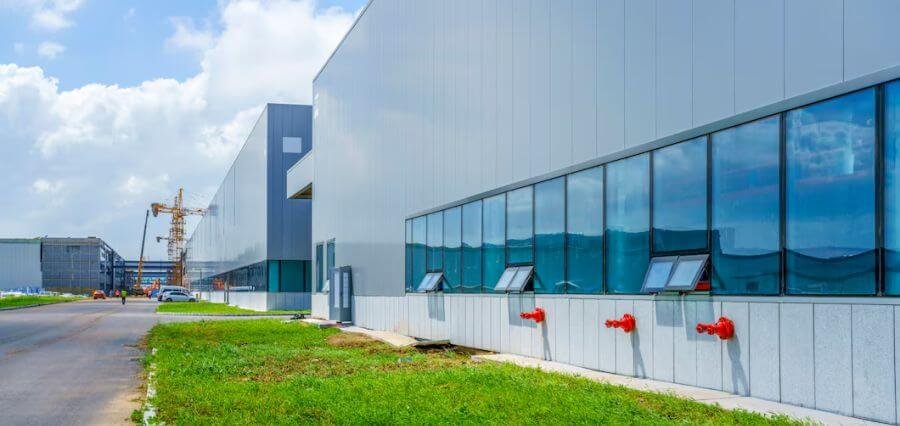In today’s digital age, businesses of all sizes operate in a landscape riddled with cyber threats. Cyberattacks are on the rise, targeting everything from small startups to established corporations. The consequences of a successful cyberattack can be devastating, leading to data breaches, significant financial losses, and irreparable damage to a company’s reputation. Fortunately, there’s a powerful line of defense: IT security. By implementing robust IT security measures, businesses can proactively protect themselves from these ever-evolving threats.
Understanding the Cybercrime Landscape
The cybercrime landscape is vast and constantly evolving. Businesses face a diverse range of cyberattacks, each with its own malicious intent. Malware, for instance, encompasses a broad category of malicious software designed to steal data, disrupt operations, or even hold your systems hostage. Phishing scams attempt to trick employees into revealing sensitive information by impersonating legitimate sources like banks or trusted colleagues. Ransomware attacks encrypt critical business data, rendering it inaccessible until a hefty ransom is paid. Data breaches, where sensitive information like customer records or financial data is stolen, can have lasting consequences for a business’s reputation and financial well-being. Understanding these threats and their methods is crucial for developing effective security strategies.
The Role of IT Security
IT security encompasses a set of policies, procedures, and technologies designed to safeguard a business’s information assets data, systems, and networks. The fundamental principles of IT security are often referred to as the CIA triad: confidentiality, integrity, and availability. Confidentiality ensures that only authorized users can access sensitive data. Integrity guarantees that data remains accurate and hasn’t been tampered with. Availability maintains the accessibility of data and systems for authorized users when needed. By implementing robust IT security measures, businesses can prevent unauthorized access, protect sensitive data, and ensure uninterrupted operations all critical aspects of maintaining a healthy and secure business environment.
Key Components of a Strong IT Security Strategy
Building a robust IT security strategy requires a multi-layered approach. Here are some essential components:
- Firewalls and Network Security: Firewalls act as a first line of defense, filtering incoming and outgoing network traffic to block unauthorized access attempts and malicious activity.
- Antivirus and Anti-malware Software: Installing and regularly updating antivirus and anti-malware software on all devices safeguards them from malicious software that can steal data or disrupt operations.
- Data Encryption: Encrypting sensitive data, both at rest (stored on servers) and in transit (transferred across networks), adds an extra layer of security. Even if a breach occurs, encrypted data is rendered useless without the decryption key.
- Employee Training: Employees are often the first line of defense against cyberattacks. Regular training programs can educate them about cyber threats, phishing scams, and best practices for secure online behavior like strong password hygiene and being cautious about suspicious emails.
- Regular Backups and Disaster Recovery: Creating regular backups of critical business data allows for swift restoration in the event of a cyberattack or system failure. A comprehensive disaster recovery plan ensures business continuity even during unforeseen circumstances.
Benefits of Strong IT Security
Investing in IT security is not just an expense; it’s a strategic investment in the future of your business. Here are some tangible benefits you can expect:
- Reduced Risk of Cyberattacks: A robust IT security strategy significantly reduces the likelihood of a successful cyberattack, minimizing the potential for data breaches and financial losses.
- Data Protection: Strong security measures safeguard sensitive data from unauthorized access and potential breaches, ensuring customer trust and compliance with data privacy regulations.
- Enhanced Business Continuity: Regular backups and a disaster recovery plan minimize downtime and disruptions caused by cyberattacks, allowing your business to remain operational even during an attack.
- Improved Customer Confidence: Demonstrating a commitment to data security through strong IT security practices builds trust with customers and reinforces your reputation as a reliable and responsible business.
- Peace of Mind: Knowing your business is protected with robust IT security measures allows you to focus on core business operations with peace of mind.
Partnering with an IT Security Expert
Managing IT security in-house can be a complex and resource-intensive task, especially for smaller businesses. Partnering with a Managed IT Security Service Provider (MSSP) like Constant C can offer a comprehensive and cost-effective solution. Constant C provides a team of experienced IT security professionals who can assess your business needs, design a customized security strategy, implement the necessary technologies, and continuously monitor your systems for potential threats. This allows you to focus on running your business while Constant C takes care of safeguarding your data and ensuring your business continuity.
Conclusion
In today’s digital world, cyberattacks are a constant threat. In today’s digital world, cyberattacks are a constant threat. However, by prioritizing IT security and implementing a multi-layered approach, businesses can significantly reduce their vulnerability and protect themselves from these evolving threats.



















